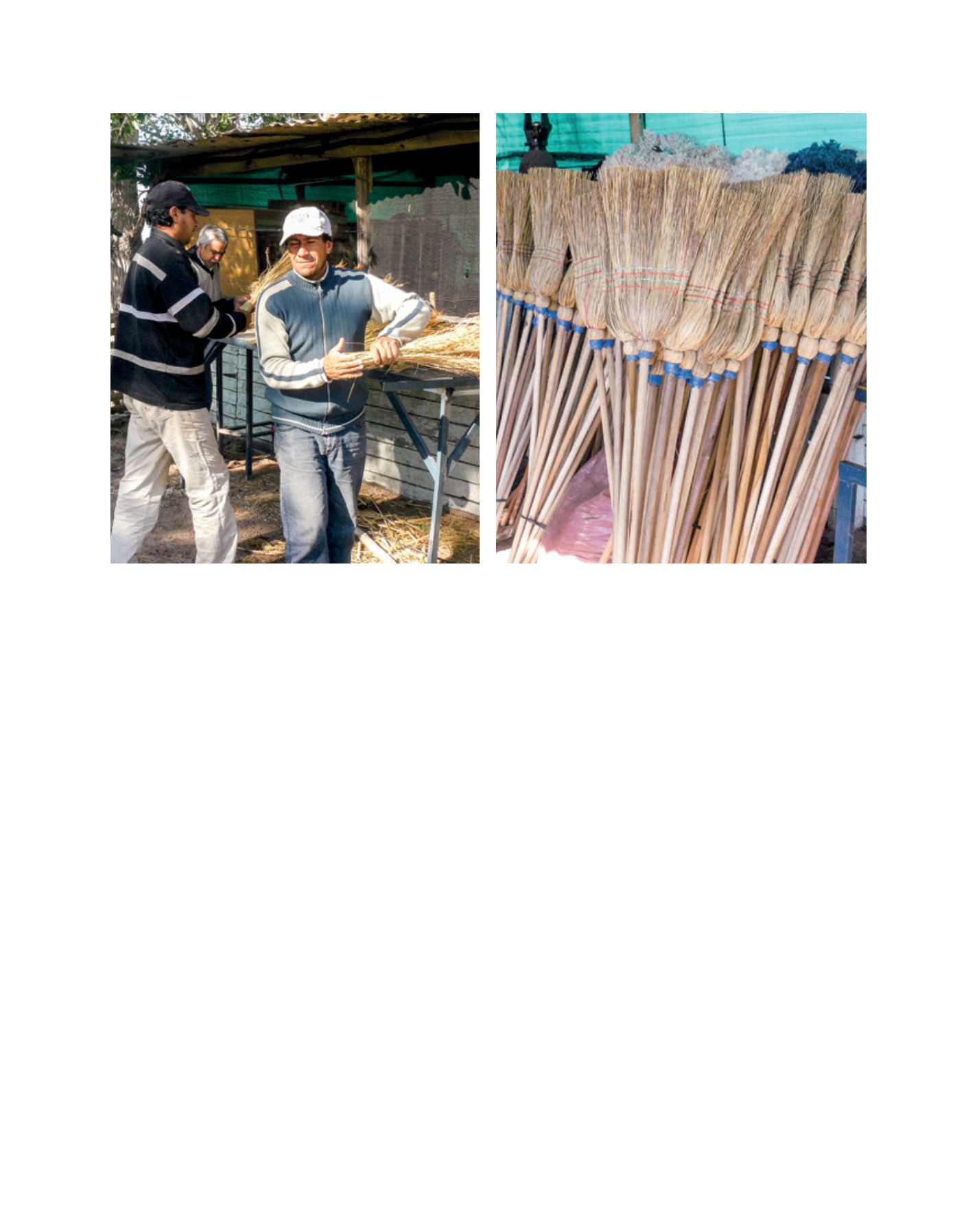

[
] 156
ing the complexity and multiple cause-effect relationships
and, above all, for not considering that dryland people are
the major resource in these lands. They know the problems
and potentials of drylands and have developed knowledge,
technologies and skills to produce under restrictive condi-
tions. However, they have been not only ignored, but also
blamed for generating desertification. Traditional land use
methods were often abandoned and replaced by foreign
solutions which in many cases only managed to exacerbate
poverty. Nevertheless, especially in recent times, successful
experiences have been achieved by organizations that were
able to listen to the local people, learn about their prob-
lems and priorities and rescue their knowledge in order to
find shared solutions, putting into practice the concepts
of participation, bottom-up planning, gender sensitization,
reinforcement of identity processes and fighting against
exclusion. In this context, the Demonstrative Production
Unit (DPU) experience is presented, with active participa-
tion of local communities in the Lavalle desert.
The DPU initiative emerged in 2002 as the result
of international cooperation. The Argentine Dryland
Research Institute (IADIZA), Spallanzani Institute and
the Desertification Research Centre (University of Sassari)
conducted a feasibility study and started working on
raising awareness and empowering local communities.
With the support of the United Nations Convention to
Combat Desertification Global Mechanism, a research-
action programme was designed to generate strategies
for local development and production diversification to
combat desertification and poverty. The proposal leans on
three pillars (natural, economic and sociocultural compo-
nents) and, through local development, aims at achieving
a better land use, improving and diversifying goat produc-
tion, reducing livestock pressure and increasing producers’
income. It combines innovative aspects of desertification
assessment and monitoring, recovery and management
of degraded lands for forage production, adaptation to
global change, optimization of water resources, revegeta-
tion, establishment of nurseries, herd sanitation, design of
DPUs directed towards production diversification (healthy
goat milk and by-products), capacity-building in the local
population and government, halting of migration through
business opportunities and youth employment, train-
ing of specialized technicians, promotion of producers’
associations and technical assistance for product trading.
The work combines diverse methodologies: participatory
assessment procedures, thematic mapping, participant
observation, remote sensing, field control and establish-
ment of measurement plots.
The DPU experience is set in the El Junquillal local-
ity (Lavalle, Mendoza), located in the non-irrigated area:
the desert. The territory exceeds 1 million hectares with
indigenous communities, with a population reduced by
migration and poverty to only 3,500 people (0.5 inhab-
itant/km
2
), grouped in small settlements (hamlets built
with adobe bricks). More than 31 per cent of their basic
needs are unsatisfied and they have an illiteracy rate of
8.2 per cent. They are entirely devoted to subsistence
goat production. The population self-identifies as being
of Huarpe ancestry, and the productive activities they
Members of the DPU community make brooms from rattan, one of the Lavalle desert’s natural resources
Images: IADIZA
L
iving
L
and
















